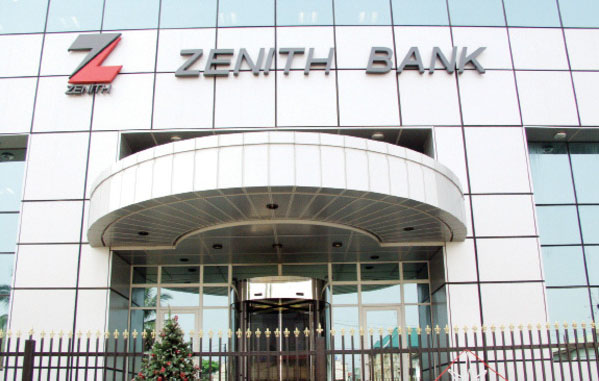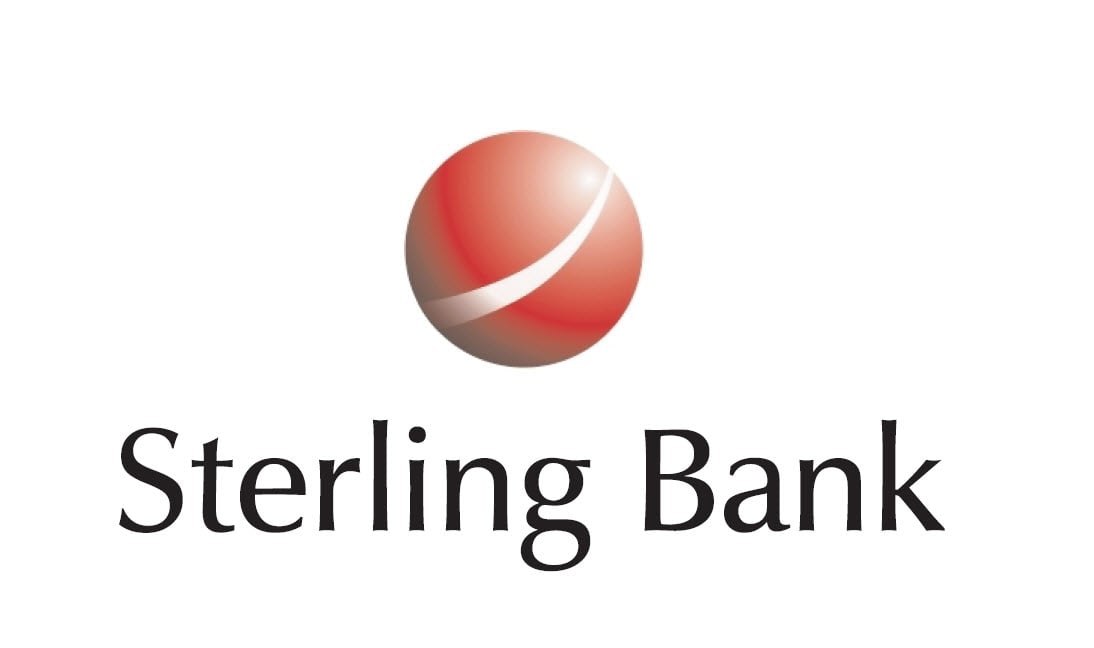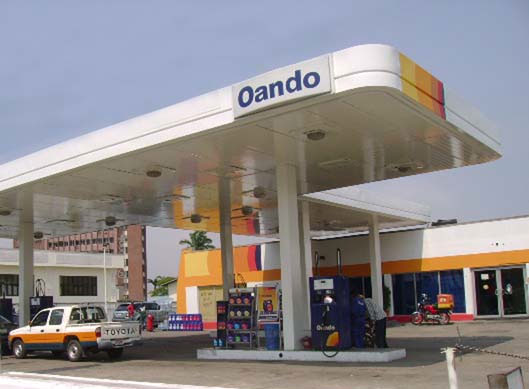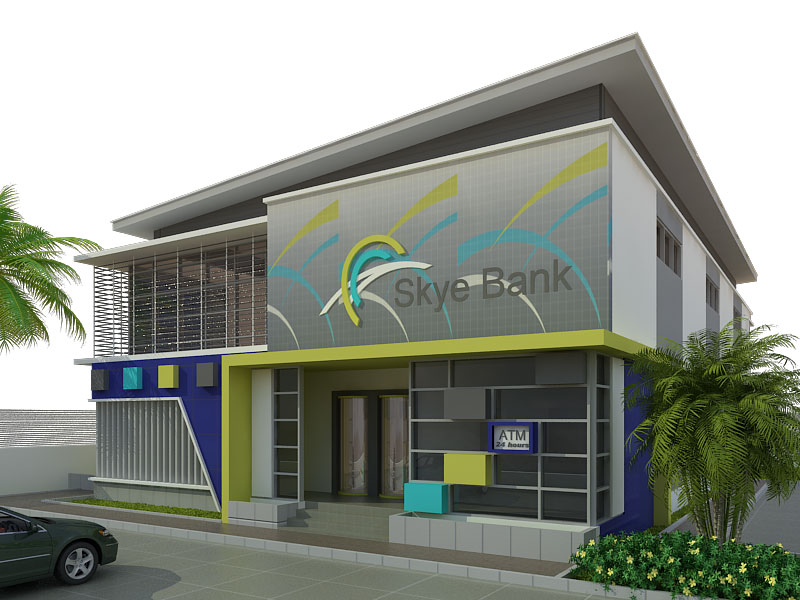The Flour Mills of Nigeria Plc managed to escape a loss with a tax credit after net foreign exchange (FX) losses of N137.5 billion cleaned out earnings and left a pre-tax loss of N236.7 million at the end of its 2024 financial year.
The FX losses swelled all the way from N22.5 billion in the first quarter (Q1) and multiplied more than four times at full year from N31 billion in the preceding financial year.
The exchange losses jerked up finance costs above operating profit so that not a kobo of the company’s N2.3 trillion sales revenue for the year reached the bottom line.
The full-year audited financial report of the food and agro-allied company at the end of March 2024 shows that the strength of topline was undermined by costs and consequently paled into bottomline weakness.
Advertisement
The company’s second half strengthened just enough to pull back from a loss of N8.5 billion at half year to build an after-tax profit of N3.5 billion at full year. This happened with a tax credit of N3.8 billion that absorbed the pre-tax loss and left something in the bottom line for shareholders.
Flour Mills sped up on sales in the 2024 financial year from 32.3 percent growth in the prior year to 48.8 percent to close with N2.3 trillion turnover for the year.
The company’s sugar business led revenue growth at an increase of 84.3 percent to about N384 billion but the food segment dominated volume at N1.5 trillion sales revenue — an increase of about 51 percent. Agro-allied segment contributed N332.9 billion to sales revenue, representing an increase of 17.2 percent in the year.
Advertisement
The cost of production grew at a slightly slower pace than sales at 48.2 percent to over N2 trillion in the year, leaving N272.7 billion as gross profit. This represents an increase of 54 percent from the gross profit figure of N177 billion the company posted at the end of the 2023 financial year.
This is followed by a drop in net operating gain while all other costs grew. The net operating gain went down from N9.7 billion to N8 billion over the period but selling and distribution expenses grew by over N8 billion to N23.6 billion and administrative cost rose by N6.7 billion to close at N47.3 billion at the end of the financial year.
The operating costs, however, slowed down relative to earnings, which permitted a strong growth of 61 percent in operating profit to N208 billion.
The finance cost, however, stood above operating profit at N208.8 billion, having jumped by 139.4 percent in the year.
Advertisement
Apart from FX losses that led the growth in finance expenses, interest expenses on bonds and commercial papers multiplied four times to N21.3 billion. However, interest expenses on bank loans and overdrafts went down from N48.6 billion to N47.3 billion over the review period.
The company’s borrowings amounted to N405.8 billion at full-year, excluding lease liabilities of N37.6 billion, a rise from N382.5 billion at the end of the company’s 2023 financial year.
Some remedy came from finance income of N4.6 billion, which is six and half times the N717.6 million finance income the company earned the year before.
Finance income helped to keep the company on the path of profitability but a minimum tax expense of N4.2 billion eventually landed it in a pre-tax loss of N236.7 million at the end of the year.
Advertisement
An income tax credit of N3.8 billion capped the company’s earnings story for the year, averting a loss and producing an after-tax profit of N3.5 billion for the year. That represents a deep plunge from an after-tax profit of N29.5 billion the company reported in the preceding financial year.
Advertisement
Add a comment







